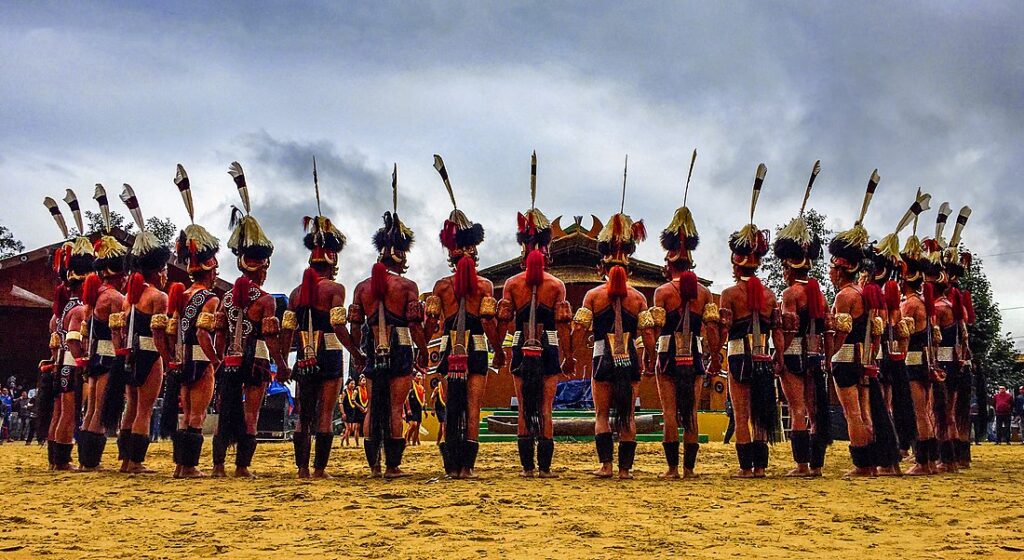A balanced environment is the only key for a healthy ecosystem and wildlife plays a major role in maintaining and adoring our ecosystem. Wild life existence stablizes different natural processes. Wildlife refers to unomesticated fauna and flora species.. It can be observed in all ecosystems. Deserts, forests, rainforests, plains, grasslands, and even urban areas have wonderful biodiversity. Among the most crucial roles of flora and fauna conservation is that is ensures food security. For this reason, wildlife conservation is neccesary.
By protecting habitats from degradation, the availability of food products would rise. The aim of wildlife conservation is to ensure the survival of species, and to train people on dwelling sustainably with different species. Research by the University of Derby has revealed that people’s perception of beauty in the natural world is key to unlocking benefits of wellbeing and happiness.
The term biophilia was used by German-born American psychoanalyst Erich Fromm in The Anatomy of Human Destructiveness (1973), which described biophilia as “the passionate love of life and of all that is alive.” The term was later used by American biologist Edward O. Wilson in his work Biophilia (1984), which proposed that the tendency of humans to focus on and to affiliate with nature and other life-forms has a genetic basis. The innate connection that we share with nature and its entities presents the dynamic relationship between all life forms and every individual is made up of a central thrust for existence i.e ; survival.

The Importance of Wildlife
Humans are dependent on wildlife. Livelihoods signifiy benefit from wildlife services including pollination, nutrient cycling, pest management, ecotourism amongst other. The best ecological values of flora and fauna are provided through a generally intact, healthy ecosystem. These habitats are capable of supporting full-size populations of wild animals and especially megafauna species. Wildlife is critical for placing an indispensable stability that permits us to stay and grow.
The State of Wildlife Conservation in India
The flora and fauna community of India in the 537 wildlife sanctuaries,103 national parks, 67 conservation reserves and 26 neighborhood reserves. It covers a complete region of 1,55,980 sq.km. Today, India’s biodiversity is in jeopardy. Numerous other are threatened with extinction. This can be traced to human activities.
In September 2020, a WWF report discovered that flora and fauna populations have plummeted by 68% between 1970 and 2016. About 13% of the 8,664 species found in India are threatened with extinction, according to the IUCN Red List. Yet, India continues to destroy her natural ecosystems. Antropogenic disturbances have resulted in a shift in natural ecological dynamics. This has catalysed the disappearance of the native flora and fauna. Habitat destruction is definetely one of the most severe of threats faced by wildlife.
The Way Forward
Different wildlife conservation project need to be enforced effecient. Proper awareness and knowledge revive our natural ecosystem. Wildlife cannot cannot be simply restored, hence preservation is the best option.We urge people to be self-aware and conscious about the environment and its components and further conserve the nature. It’s time that we start responding rather than simply reacting on this aspect at an emotional level. Nonetheless, India does have her share of optimistic conservation stories.
How you can help?
Help us Help Them! Think Wildlife Foundation is a non profit organization with various conservation initiatives. Our most prominent campaign is our Caring for Pari intiative. Pari is a rehabilitated elephant at the Wildlife SoS Hospital. 25% of the profits from our store are donated to the elephant hospital for Pari. Other than buying our wonderful merchandise, you could donate directly to our Caring For Pari fundraiser.
The article was writted by: Akriti Kashyap and Shreya Pandey.
